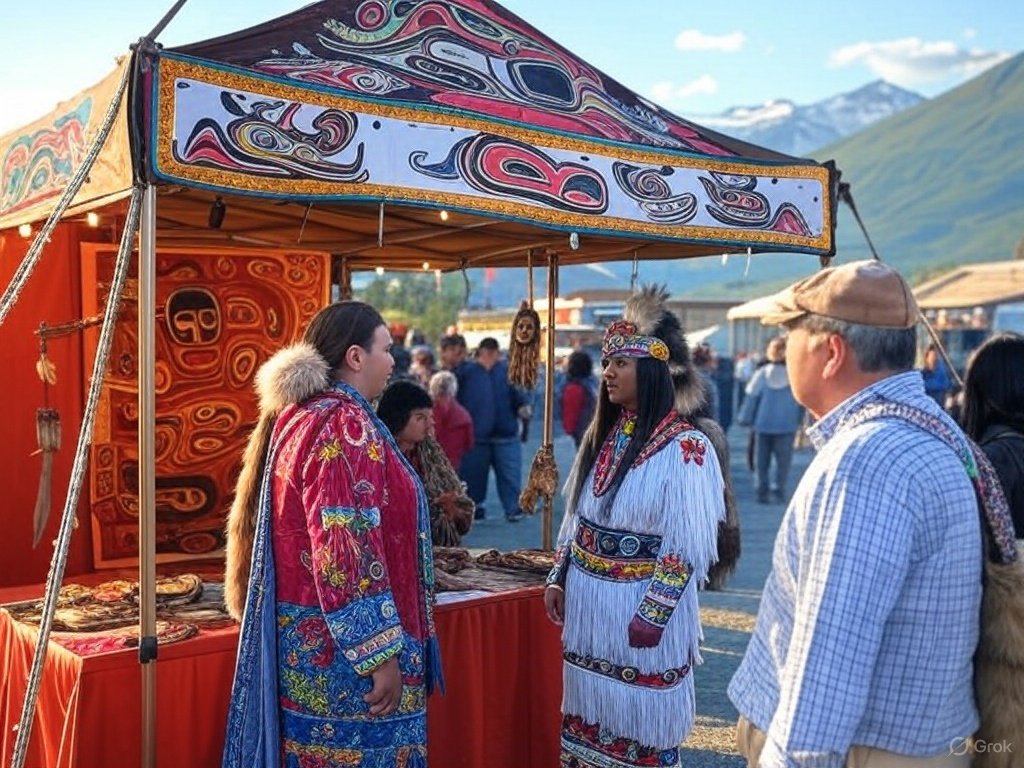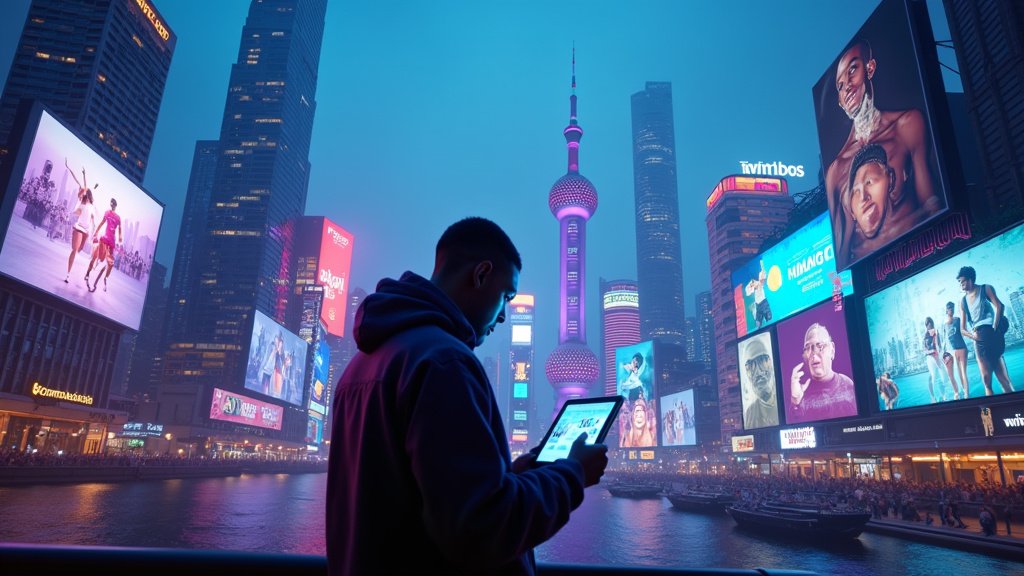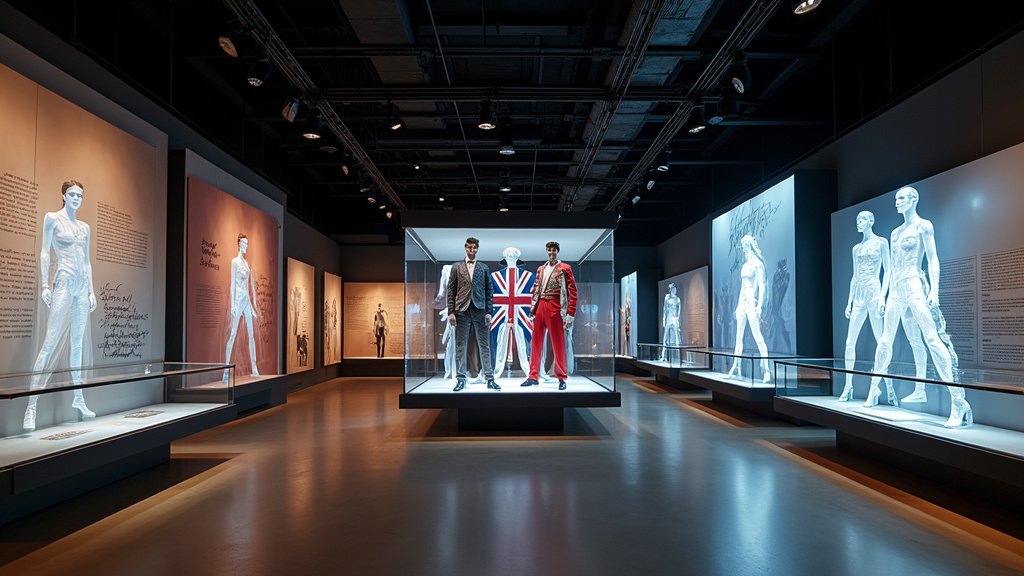Discover the Vibrant Cultural Festivals Celebrating Alaska’s Indigenous Heritage
Alaska is a land of breathtaking landscapes, rich history, and diverse cultures. Among its most vibrant aspects are the cultural festivals that celebrate the traditions and stories of Alaska’s Indigenous peoples. These events provide an opportunity to connect with the past, foster community spirit, and engage in the unique art forms that have been passed down through generations. In this article, we will explore some of the most significant festivals held throughout the year, each showcasing the beauty and resilience of Alaska’s Indigenous cultures.
A Rich Tapestry of Culture and Tradition
The cultural landscape of Alaska is as varied as its geography. With over 200 federally recognized tribes, Alaska’s Indigenous communities include the Tlingit, Haida, Tsimshian, Yup’ik, Inupiat, and many others. Each group has its own distinct traditions, languages, and art forms, which are celebrated during numerous festivals across the state. These gatherings not only preserve cultural heritage but also promote cross-cultural understanding and appreciation. As Maka Monture Paki, a Lingit woman from Yaakwdaat, reflects, “I hope that I can share a sense of the rhythm with you of our Alaska-based cultural celebrations you are welcome to attend throughout the year.”
Festival of Native Arts
Taking place annually in February in Fairbanks, the Festival of Native Arts is a celebration of song, dance, and art from various Alaska Native cultures. Established in 1973, this festival is a collaborative effort between the University of Alaska Fairbanks students and faculty. It features an artisan market alongside performances that highlight the rich artistic traditions of Alaska Natives. Maka recalls her own experiences, noting, “This event hosts a concurrent artisan market and has always been held with great enthusiasm and excitement.” The festival serves as a platform for emerging artists while honoring the legacy of those who came before.
Native Youth Olympics
In March, Anchorage hosts the Native Youth Olympics (NYO), an event that originated in 1971. Designed to promote healthy lifestyles and positive self-esteem among Alaska Native youth, the NYO showcases traditional games that emphasize skills necessary for hunting and survival. Participants from various schools compete in a variety of athletic contests rooted in Indigenous practices. The NYO not only highlights the physical abilities of the athletes but also fosters a sense of community and cultural pride. As a celebration of sportsmanship and tradition, the NYO exemplifies the strength and resilience of Alaska’s Indigenous youth.
Camai Festival
The Camai Festival, held in March in Bethel, is a joyous celebration of Yup’ik culture. This three-day event is characterized by song, dance, and community gatherings, embodying the spirit of connection and joy. The festival, which translates to “welcome” in Yup’ik, features performances from local to international dance groups, and includes a cultural pageant and artisan market. Maka describes this event as “the largest gathering of Yup’ik people in the world,” highlighting its significance in promoting cultural exchange and unity among attendees.
Celebration
Every other year in June, Juneau becomes the backdrop for the Celebration, an event founded in 1982 by the Sealaska Heritage Institute. This festival was born from a resurgence of interest in Indigenous culture following decades of oppression. Today, it is considered one of the largest gatherings of Tlingit, Haida, and Tsimshian peoples. With performances, an arts market, and community activities, the Celebration is a powerful reminder of cultural resilience. “Today, Celebration draws thousands of people to the four-day event,” Maka explains, emphasizing the importance of this festival as a gathering of kinship and shared heritage.
World Eskimo Indian Olympics
In July, the World Eskimo Indian Olympics (WEIO) takes place in Fairbanks, showcasing traditional games rooted in the survival skills of the Indigenous peoples of the Arctic. Established in 1961, the WEIO promotes athleticism and endurance, reflecting the lifestyle and cultural practices of Alaska Natives. The games demonstrate skills that are vital for thriving in the harsh climates of the region. As the WEIO website notes, “Survival for the Native people of Alaska has been the name of the games for as long as our elders can recollect.” The event is not just about competition; it is a celebration of heritage, community, and the spirit of cooperation among participants.
Alaska Federation of Natives (AFN) Events
Every October, Anchorage hosts the annual gatherings of the Alaska Federation of Natives (AFN). Established in the 1960s to address land rights and Indigenous issues, the AFN events serve as a platform for discussion, advocacy, and cultural celebration. One of the highlights of the gathering is Quyana Night, where attendees are invited to experience traditional song and dance. The concurrent Alaska Native Arts Market showcases the talents of Indigenous artists, providing a vibrant space for cultural exchange and economic support. Maka emphasizes, “There is treasured survivance in how each tribe has its unique art forms, languages, songs, and traditions that have outlasted generation after generation.”
The Significance of Cultural Festivals
These festivals are more than mere celebrations; they are vital expressions of identity, community, and resilience. They serve as reminders of the enduring spirit of Alaska’s Indigenous peoples and their commitment to preserving their cultures. By participating in these events, attendees gain insight into the rich traditions that shape the lives of Alaska Natives. As Maka invites, “I hope that visitors who come to Alaska can attend the events throughout our beautiful state and feel encouraged to have a joyful and dynamic experience.”
Conclusion
Alaska’s Indigenous cultural festivals offer a unique opportunity to engage with the rich tapestry of history, art, and community that defines the lives of Alaska Native peoples. Through song, dance, and storytelling, these gatherings foster a sense of belonging and continuity, celebrating the resilience of cultures that have thrived for centuries. Whether you are a local or a visitor, attending these festivals not only enriches your understanding of Alaska’s Indigenous heritage but also allows you to participate in a living tradition that connects generations. Each festival is an invitation to witness and embrace the vibrant cultural landscape of Alaska, where the rhythm of the past and present merge into a beautiful celebration of life and heritage.
By embracing these cultural events, we contribute to a greater understanding and appreciation of the Indigenous peoples of Alaska, ensuring that their rich traditions continue to thrive for generations to come.





